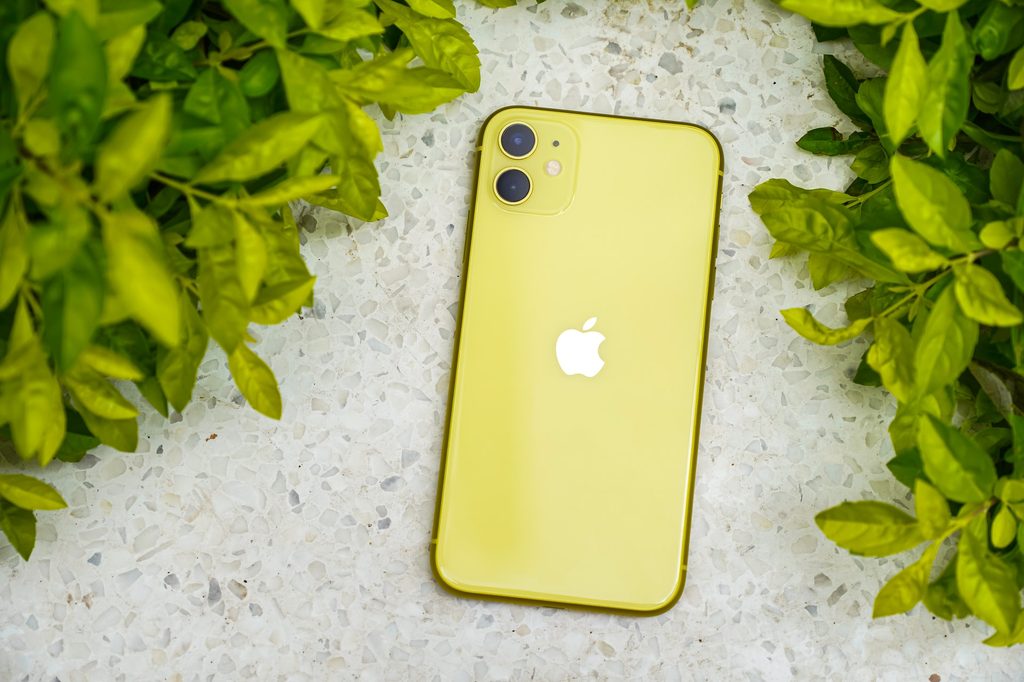
Tending after houseplants might offer you a reprieve from digital screens, but plant apps can actually be helpful resources for foliage enthusiasts. You’ve probably Googled a plant question and found yourself on an active gardening subreddit before, but did you know that there are excellent plant apps out there that can help you troubleshoot plant problems and identify new plants? From PictureThis to Gardenia, find the best plant care app to take care of your green collection.
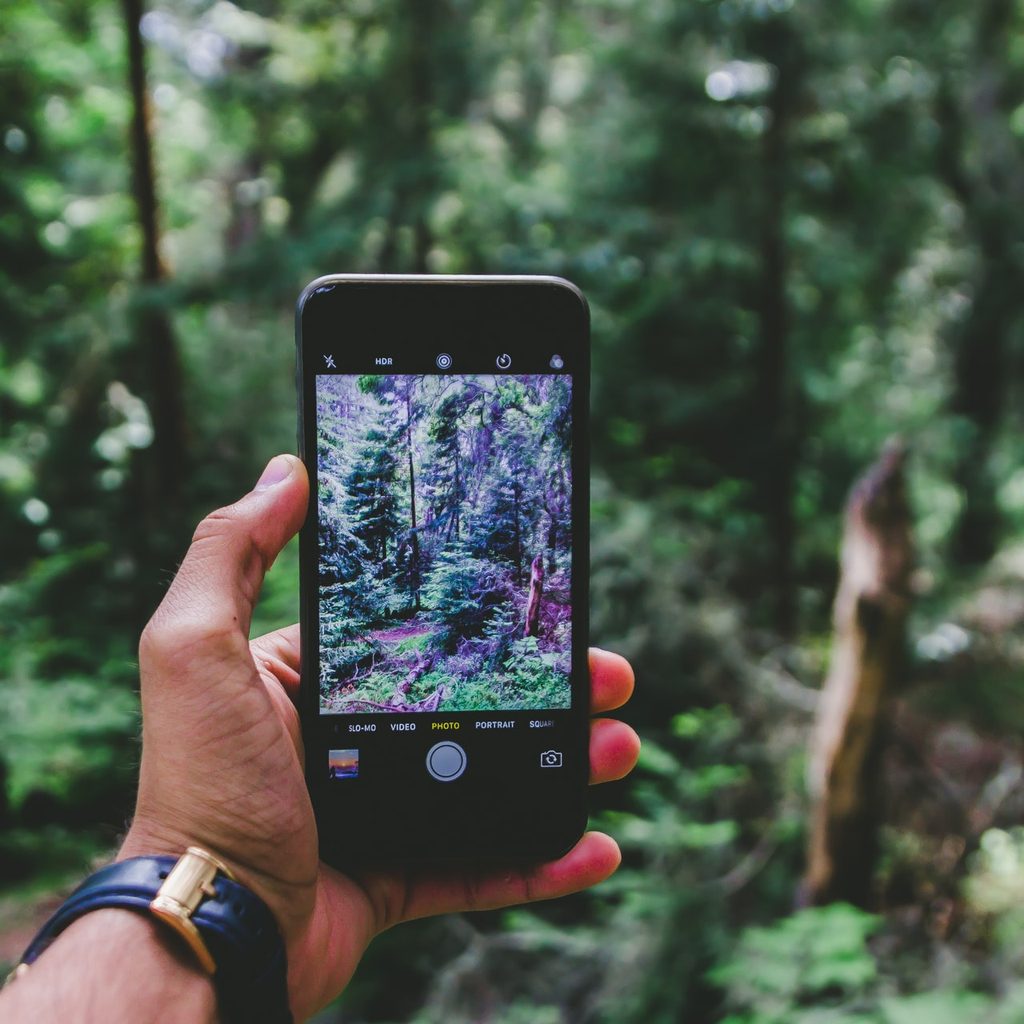
PictureThis
When you’re browsing plants at your local nursery, PictureThis will help you identify that mysterious indoor houseplant labeled “tropical foliage.” After you snap a picture of your plant and upload it onto the app, you’ll get an ID as well as care tips. The app can diagnose plant problems and give you suggestions for treatments, too. You’ll also have the opportunity to browse through helpful plant guides and consult the app’s team of botanists for questions you might have. And, of course, you’ll be able to set reminders for watering, fertilizing, and other plant-related chores.
Where to download: App Store, Google Play
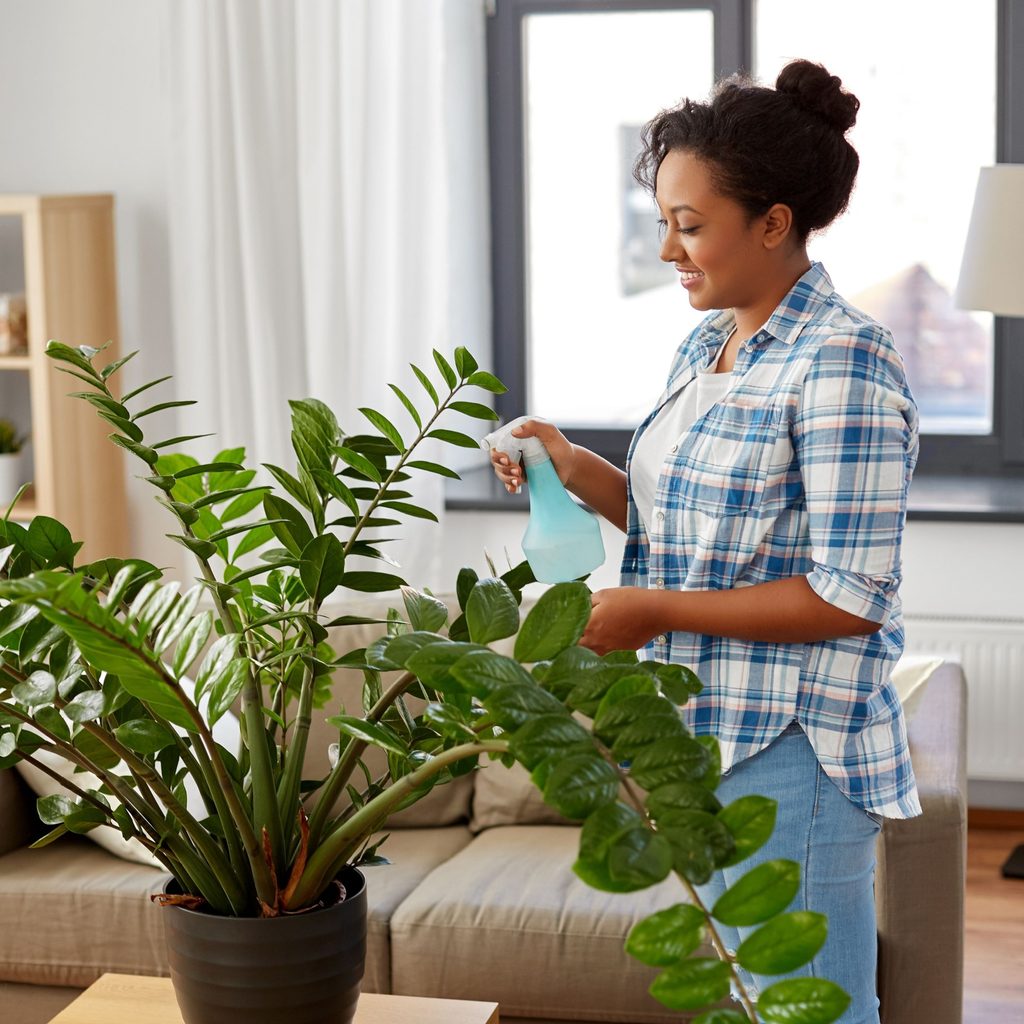
Planta
It happens to even the most diligent plant lovers: the days pass by, and your droopy plant on the brink of death reminds you that it desperately needs water. The Planta app might be your remedy if you worry about neglecting your plants. It allows you to set reminders for watering, fertilizing, cleaning, and repotting, so that you’ll never forget about your plants again. The care recommendations, of course, differ based on where you live and the time of year. You can also upload pictures of your plants over time to track their growth.
Where to download: App Store, Google Play
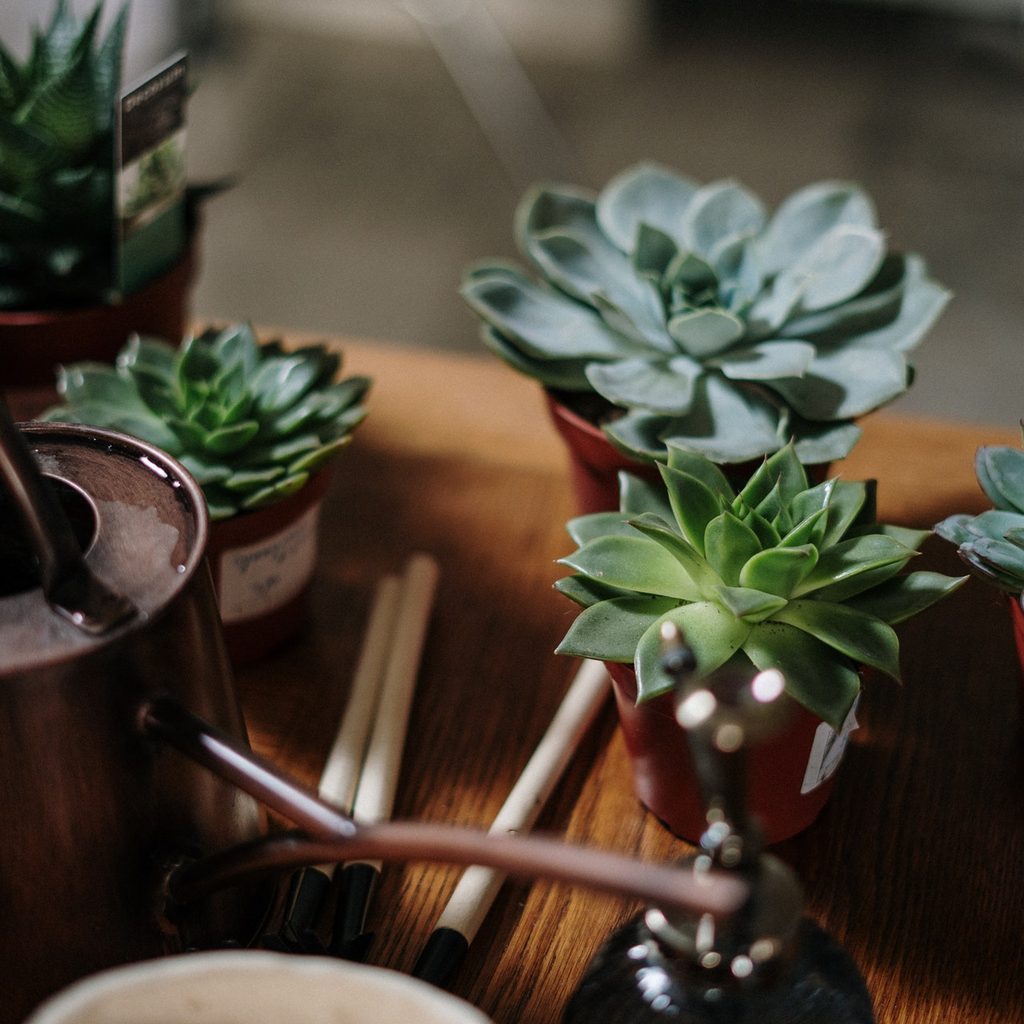
PlantSnap
It doesn’t get any more intuitive than PlantSnap, which is perfect for identifying plants when you’re out and about. The name says it all: You snap a picture of your plant, and you’ll get the intel you need. As soon as you load up the app, it takes you straight to a camera where you can take a photo of the plant you’re trying to identify. There are 600,000 plants in its database, and the app can identify up to 90 percent of known plant species. Once it identifies the plant, it’ll show you the name as well as a link to Earth.com with information about it. PlantSnap also lists places where you can shop the plant online!
Where to download: App Store, Google Play
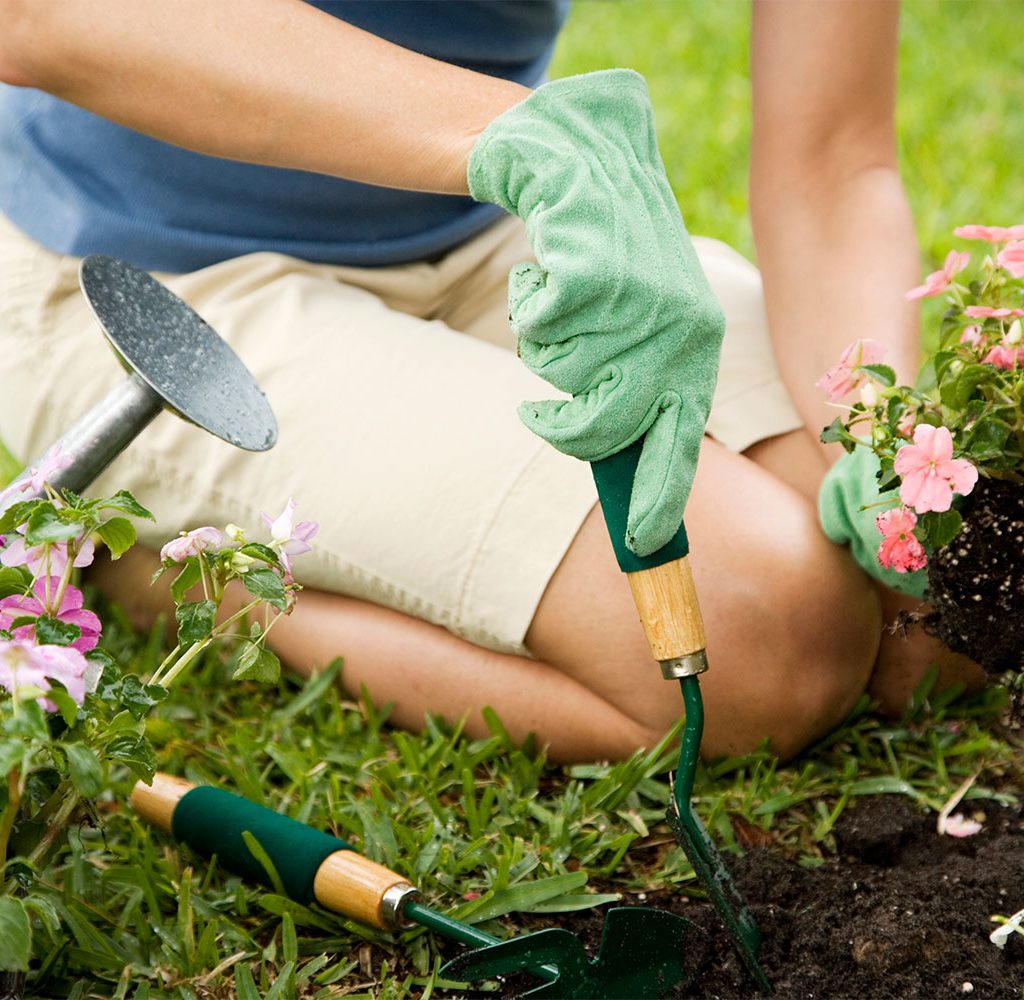
Gardenia
Gardeners can use the Gardenia app to explore the watering, fertilizing, and potting requirements their plants need. While you can use the app for your indoor plants, it’s primarily a helpful tool for outdoor gardening enthusiasts. It has a charming interface with a garden manager that you can use to set task reminders. Gardenia also has useful gardening tips for thousands of plants, too. Don’t forget to take advantage of the weather monitor, which uses your location to give you customized gardening information based on your temperature, humidity, and rain levels.
Where to download: App Store, Google Play
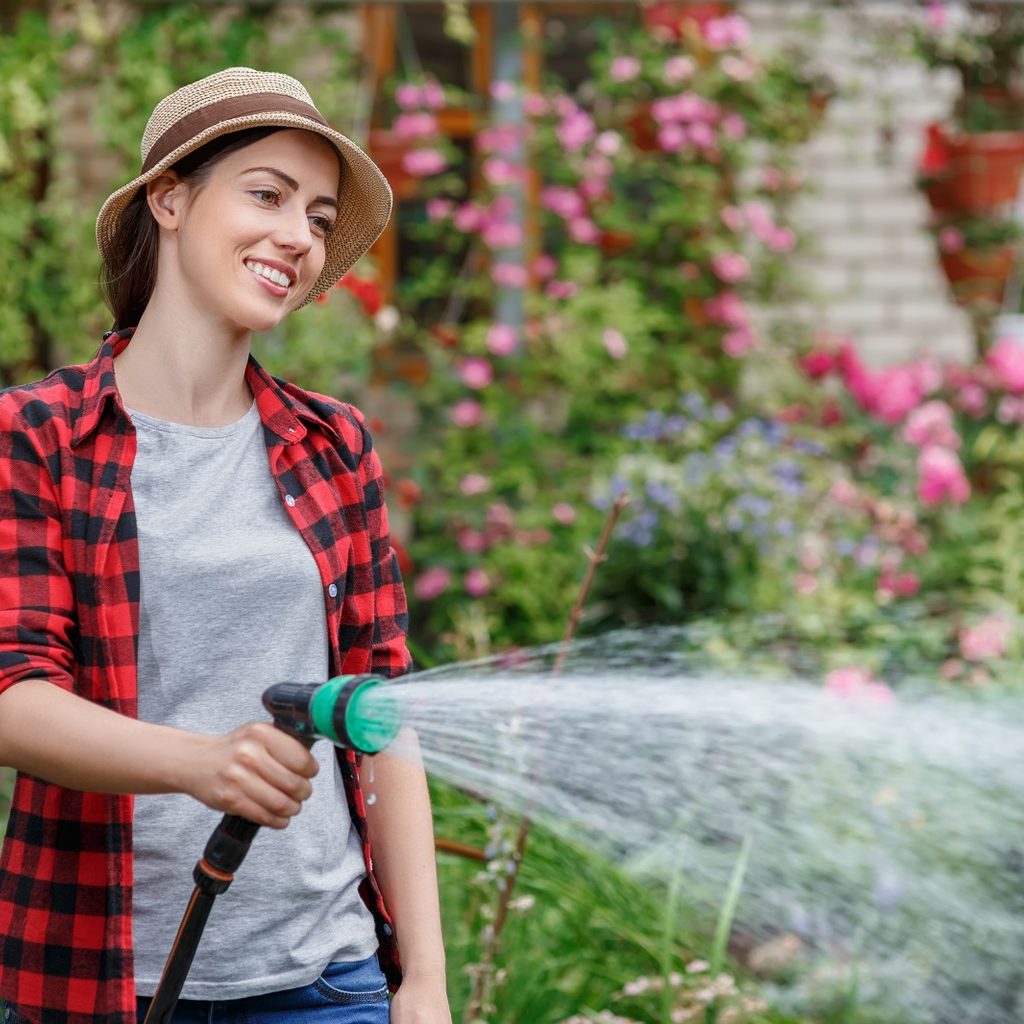
Vera
Bloomscape’s Vera offers a clean, easy-to-navigate interface for documenting all your houseplants. Using Vera is like keeping a plant journal where you can write out your thoughts about your foliage and document photos of them. When you click into your plant pages, you can do all of this on top of customizing schedules for watering, fertilizing, and more. Each page also comes with easy-to-follow guides from Bloomscape’s in-house experts for keeping your green friends healthy.
Where to download: Google Play, App Store
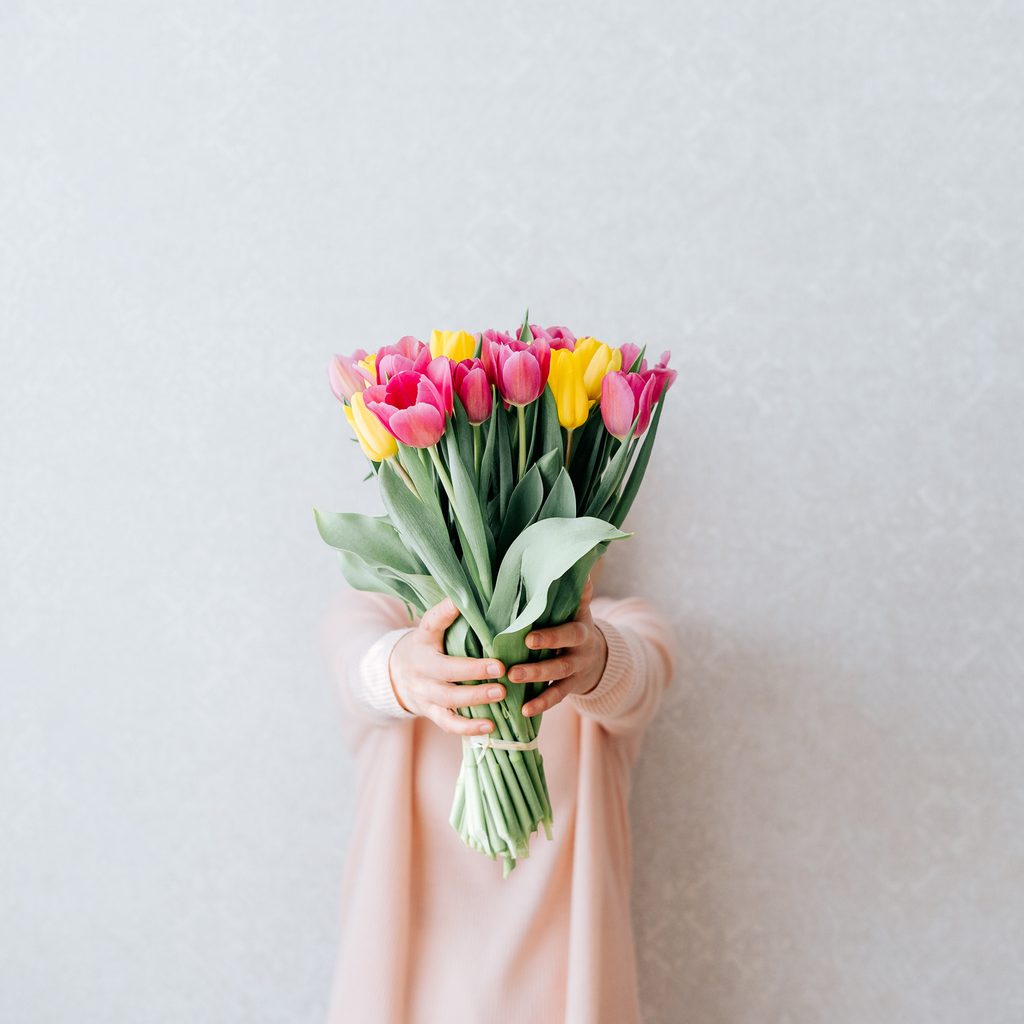
Florish
New houseplant collectors will definitely find a use for Florish. Growing houseplants can be intimidating at first, so begin your houseplant journey by taking quizzes from Florish to figure out which plants will work for your space. If you’ve already got a few plants, browse through the app for information on keeping them alive. Florish also features a light meter to help you understand what kind of plants will work for your lighting situation. Florish’s “Discover” section is also handy for tips and design trends to help you properly situate your houseplants. Just keep in mind that this app is currently only available through the App Store.
Where to download: App Store
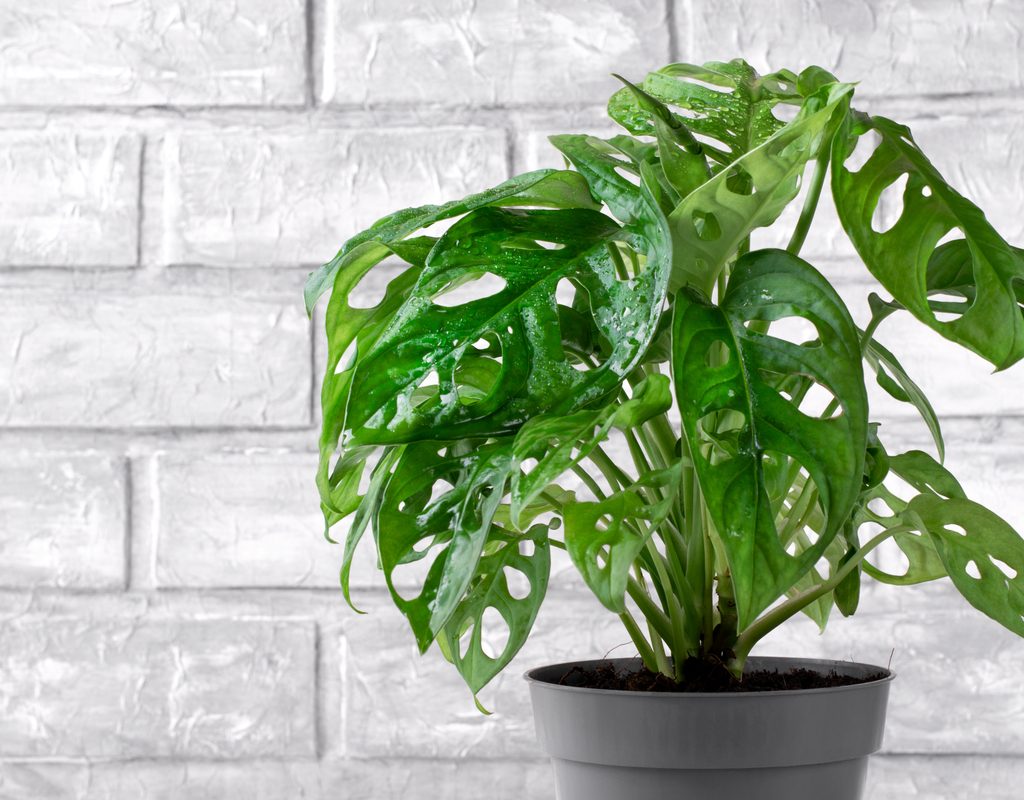
Blossom
Part of growing plants is figuring out how and when to troubleshoot issues, and Blossom luckily makes this aspect of plant care easy. Other than helping you ID your plants, the app is also ideal for diagnosing diseases, whether your foliage baby is suffering from powdery mildew or overwatering. All you would have to do is take a picture of your sick plant and answer a few questions. Plus, you’ll even have access to expert botanists to help with your ailing plant. As a bonus, Blossom also has a light meter to help you gauge your light levels to give your collection the right amount of exposure — just note that this feature is only available to Android users.
Where to download: App Store, Google Play
Using apps can feel counterintuitive for an earthy hobby like gardening, but many offer helpful information and systems to help you stay on track of your plant care routine. The larger your plant collection becomes, the more you’ll want a way to catalog them and set care reminders. Whether you’re looking to identify strange new plants or want to maintain a consistent plant-tending schedule, there’s an app out there that will cater to your foliage-related needs!


